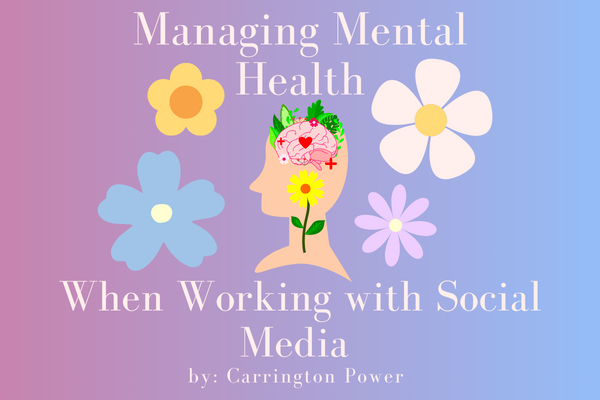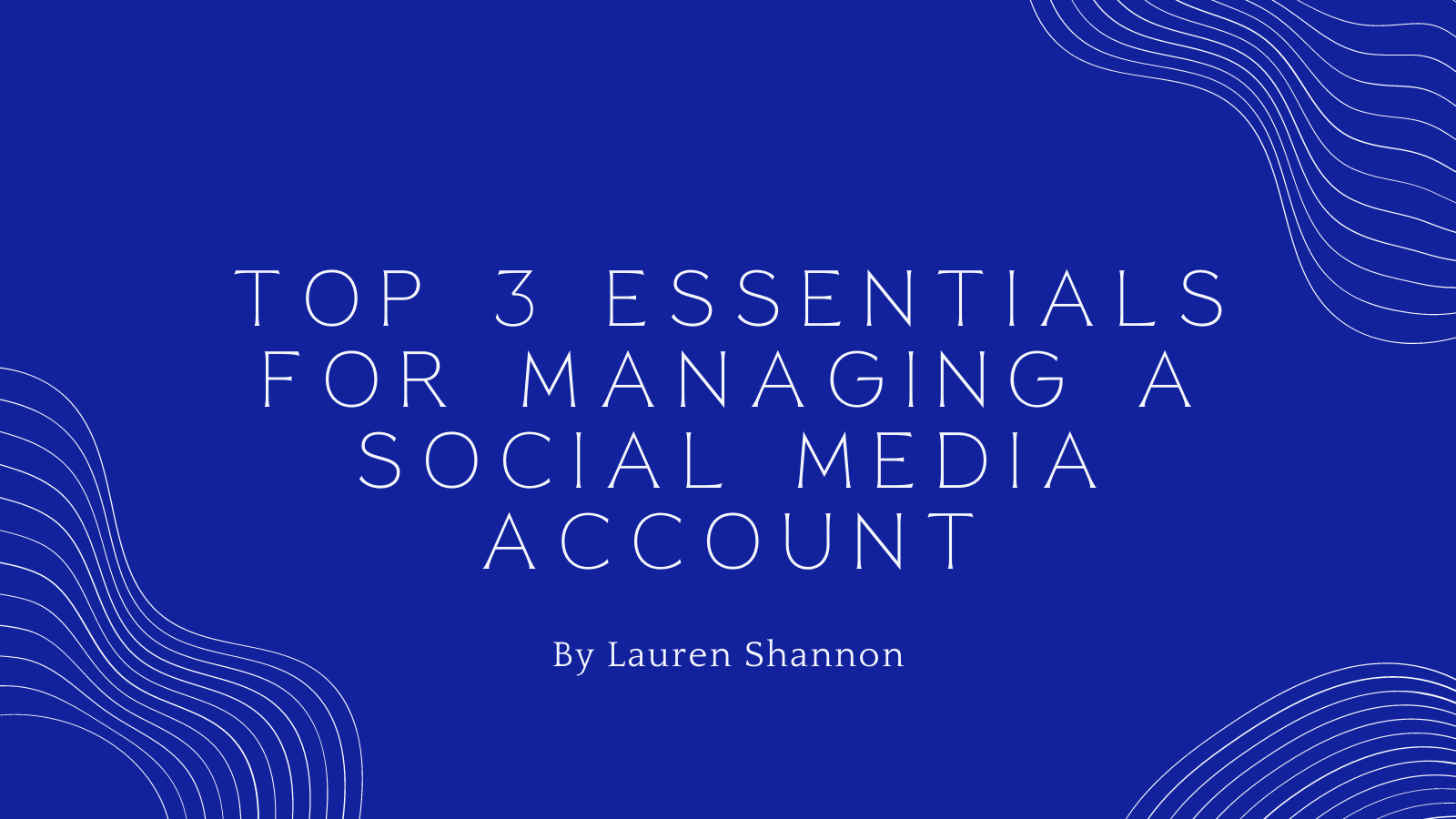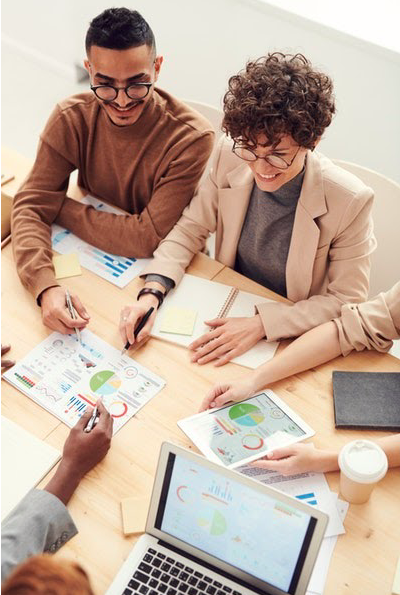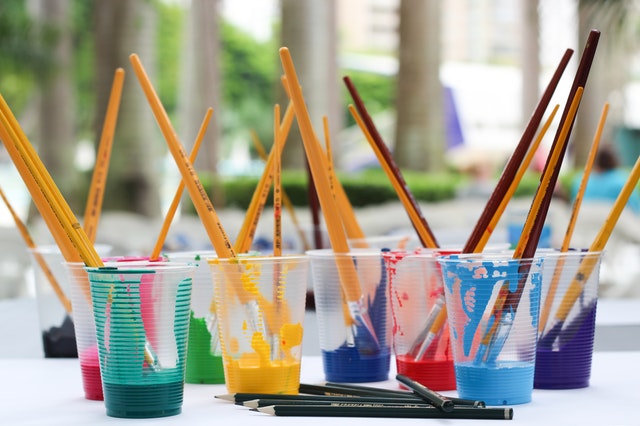We all know the world of influencers and the ascendancy they have on society, especially with the help of social media apps like TikTok and Instagram where content is spread at a rapidly fast rate. Unfortunately, that comes with content creators getting paid big bucks to advertise a product that may be no good.
Remember the whole Olaplex scandal? When the brand’s products were being advertised all over the media through ads and influencers, just to be proven that their products are harmful, as they cause hair loss, blisters and other conditions that must be treated medically? Without de-influencing, people may have never known about the harmful effects of these very popular products.
De-influencing is an emerging trend, where influencers discourage their followers from buying certain products. Basically, the opposite of influencer marketing.
This trend may occur through a number of reasons, like if the product is harmful, overpriced, or simply not worth the money. People who de-influence may also do so if they are naturally unhappy or unsatisfied with the product as a whole and feel as though other people do not need it.
De-Influencing is becoming more and more relevant, and it falls consistently within the line of work for PR professionals.
PR pros must recognize this trend, as they need to ensure that the products and services they pitch hold true value to their audience, along with identifying when there is a potential problem so they can avoid it and leave no room for error or crises.
Navigating this new world of de-influencing may take some trial and error for those working in the public relations or marketing field. Here are a few tips PR pros and marketers can take in order to operate this trend:
- Work with companies that consistently and naturally align with your morals, ethics and values and pitch products that you truly believe are good and worth it.
- Listen to feedback from influencers and take what they say into deep consideration.
- Know what your audience wants and is interested in; keep these in mind at all times.
- Create efficient tactics and procedures for crisis communication and reputation management.
- When creating a paid advertisement with an influencer, ensure that they are not overly trying to sell the product, as it may come off as “fake” and receive backlash.
An individual can easily create a 30-second video talking poorly on a brand and their product(s). I’ve seen a handful of videos on my TikTok feed of people convincing the public to not buy something due to a number of reasons, such as the product being a waste of money, harmful, unnecessary, etc. Consequently, these actions can quickly cause harm to the reputation of the brands that are at stake. It is very important that PR pros and those working under influencer marketing/relations are efficient in their reputation and crisis management. They must act fast in handling the situation while using smart and efficient tactics to regain their audiences’ trust, such as releasing timely and genuine apologies regarding the situation, along with their form of action.
In a sense, de-influencing is a positive trend. People are warning the public on certain products that are not worth purchasing. PR pros must use it to their advantage while listening to their audience and feedback and act accordingly.













